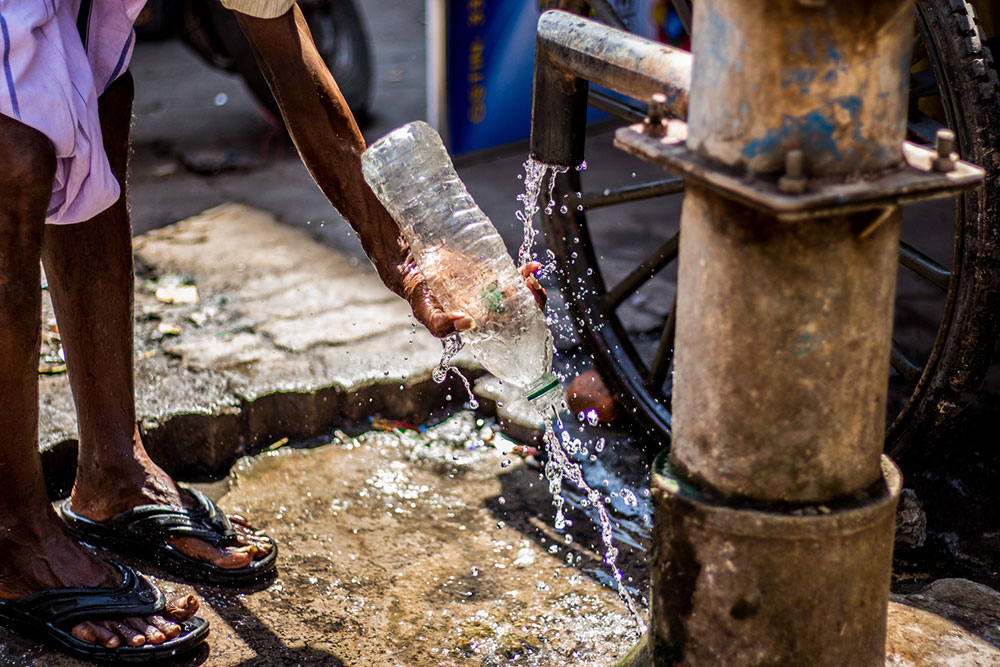As Access to Water Expands, Improvements Appear Unequal
IPR anthropologist Sera Young investigates how improvements in water security do not always occur equitably
Get all our news
Our findings make it abundantly clear that the only way we can ensure that there are not disparities in water security is by measuring them.”
Sera Young
IPR anthropologist

Our lives depend on water, but climate change, population growth, and poor governance can all jeopardize our water security. One of the goals of sustainable development is to ensure equal distribution of water within and across communities. To date however, equity in water security has been difficult to measure among households.
In a new study published in Nature Communications, IPR anthropologist Sera Young and her colleagues, including former Northwestern research coordinator Joshua Miller, reveal that efforts to improve water security can be unevenly distributed initially, varying significantly across households in a single region or town. These findings have important implications for policymakers, practitioners, and researchers who seek to manage and improve water security through fair and inclusive interventions.
Feng Mao of Cardiff University led the study investigating the relationship between water security and inequality of water security among individual households. The researchers find the inequality of household water security follows a Kuznets-like curve, based on the concept of the Kuznets Curve (KC) that uses an inverted U-shaped curve to show the hypothesis that as the economy grows, economic inequality first increases then decreases. The findings suggest that as water security grows, the inequality of water security follows that same pattern by first increasing and then decreasing.
“We have long suspected that problems with household water are not evenly distributed,” Young said. “These data, which are more precise than any other global water indicator, provide rigorous empirical evidence of these disparities… and hope that these inequalities can be reduced.”
To measure the relationship between water insecurity and inequality of water security, the researchers analyzed a dataset examining household water security and socioeconomic data from 7,603 households across 28 sites in 22 low- and middle-income countries in Asia, sub-Saharan African, the Middle East, Latin America, and the Caribbean. Each household took the Household Water InSecurity Experience (HWISE) Scale, a 3-minute survey asking questions such as how often they worried about having enough water or were unable to wash their hands because of problems with water.
The researchers note that one possible interpretation of the unequal distribution of water security is that improvements to water supply driven by infrastructure development, technology, or investments may start in certain areas and take time to reach all households in an area. The researchers coined the concept Development Kuznets Curve (DKC) to describe the development inequality in the process of achieving sustainable development goals. The Kuznets Curve has been useful for understanding economic and environmental inequalities; this is the first application for understanding reliable water access and use.
While the study does not find that an increase in inequality is inevitable, it does highlight the need for policymakers to fully consider inequality around water security while trying to achieve sustainability. This includes ensuring water interventions do not further exacerbate entrenched inequalities and avoiding disparities in use and access when expanding water supply networks.
“Our findings make it abundantly clear that the only way we can ensure that there are not disparities in water security is by measuring them,” Young said. “Policymakers must be attentive to human experiences with water, rather than relying on the same old infrastructural or hydrological indicators.”
Sera Young is associate professor of anthropology and global health and an IPR fellow.
Photo credit: iStock
Published: August 8, 2022.


